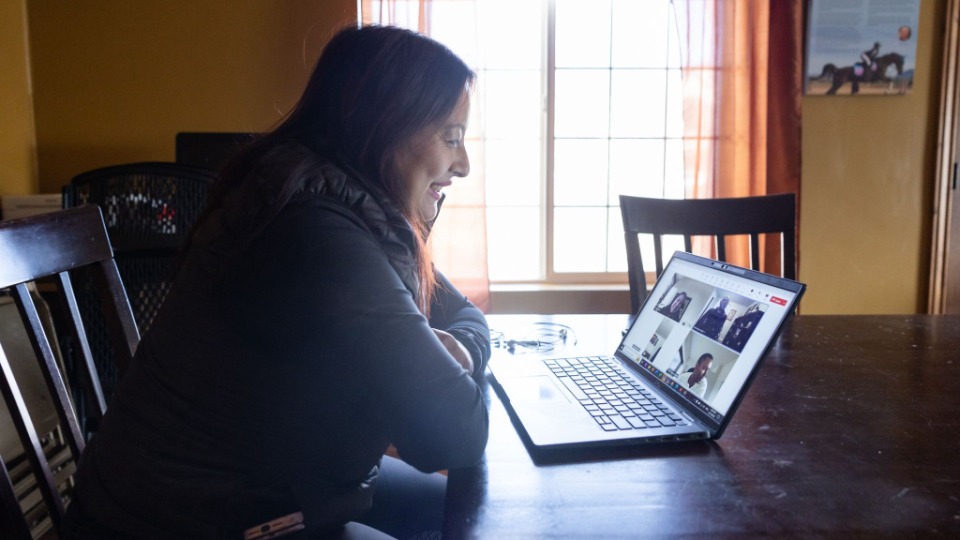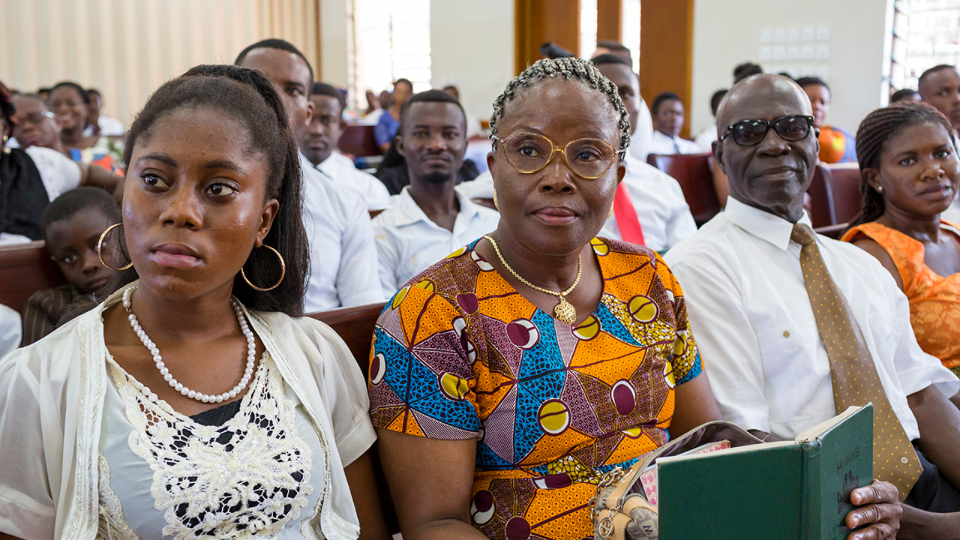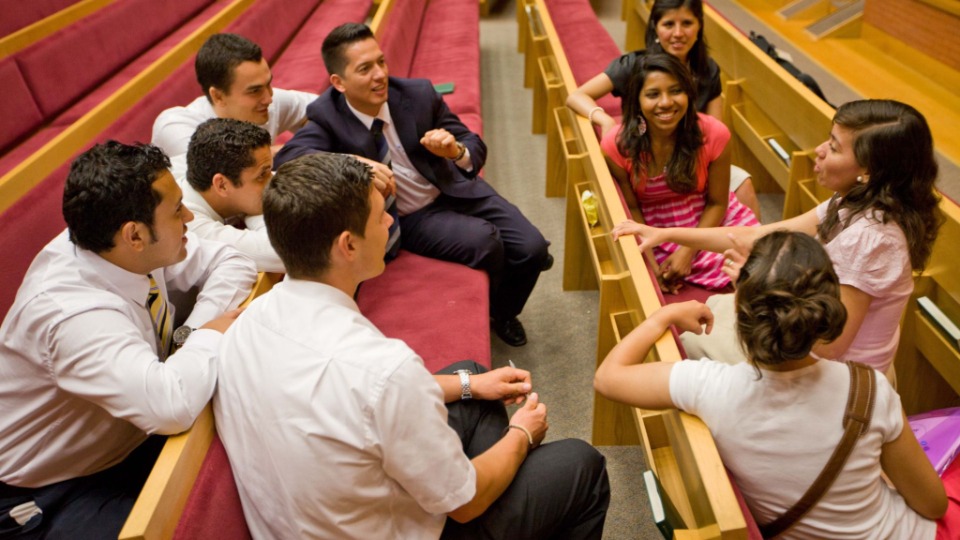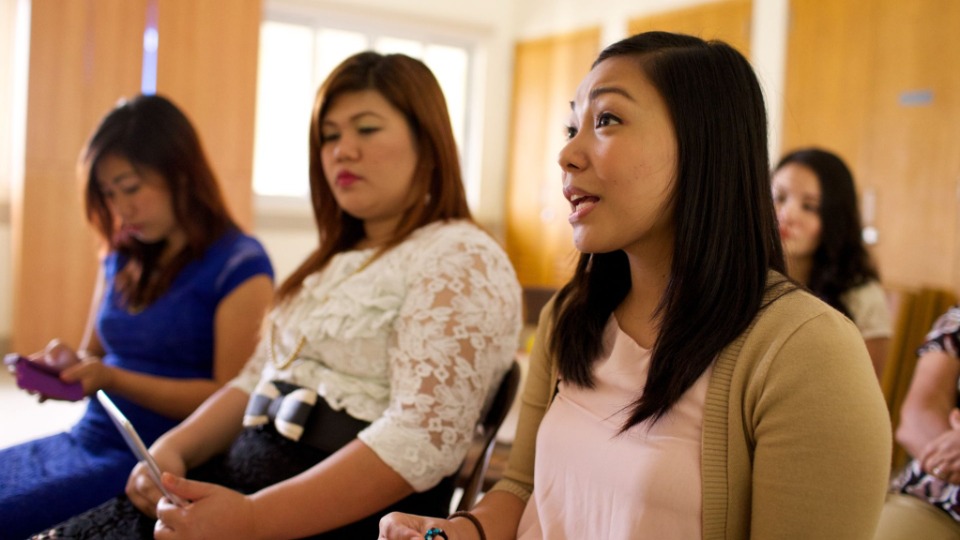1. What is the purpose of the Church’s “General Handbook”?
The “General Handbook: Serving in The Church of Jesus Christ of Latter-day Saints” provides guidance for general and local Church leaders worldwide. It continues to be a digital document with regular updates (at least twice a year) under the direction of the First Presidency and Quorum of the Twelve Apostles.
See here for the latest updates.
2. What changes were made to the policy for streaming and holding virtual Church meetings?
The changes simplify the instruction and encourage units to take appropriate advantage of technology to allow more members to benefit from Church meetings. (See 29.7.)

3. What new guidance has been given for wearing and caring for the garment?
The garment of the holy priesthood reminds members of sacred covenants made with Heavenly Father. Recent updates to the handbook provide enhanced guidance to support members in their understanding and care of the garment:
- Caring for the Garment: A new section emphasizes the importance of properly caring for the garment. (See 38.5.6.)
- Variety of Styles and Fabrics: The update explains that a variety of garment fabrics and styles are available to accommodate individual preferences and needs. Special-order options are also provided to meet members’ specific requirements. (See 38.5.2.)
- Medical Considerations: A new section addresses medical conditions that may prevent some members from wearing the garment. This section offers compassionate understanding and practical considerations. (See 38.5.8.)
These updates reflect our commitment to supporting members in honoring and understanding the sacred significance of the garment of the holy priesthood.

4. What is the role of the young women in welcoming members and visitors to sacrament meeting?
A member of the bishopric invites Young Women class presidencies to organize youth to minister by welcoming visitors and members as they enter the chapel. (See 11.3.4.2 and 29.2.1.3.)
5. What instruction is the Church giving about worship services on Easter Sunday and on Christmas?
This update comes from a First Presidency letter issued on January 26, 2024, which provides instruction to local units to hold only sacrament meeting on Easter and during the week of Christmas. (See 29.2.9.)

sacrament-meeting
Members of The Church of Jesus Christ of Latter-day Saints attend a sacrament meeting on a Sunday in Ghana.2024 by Intellectual Reserve, Inc. All rights reserved.6. What are the age ranges for young single adults and single adults, and why did they change?
The Church has adjusted the age ranges for young single adults and single adults to better meet the needs of its members.
“Young single adult” now refers to unmarried members ages 18–35. When there is a sufficient number of members, wards may be divided into groups for ages 18–25 and 26–35 to provide more tailored support. “Single adult” now describes unmarried members ages 36 and older, with some units specifically for those ages 36–45. (See 14.0, 14.3, 37.2, 37.3, and 37.4.)
These changes aim to ensure that members have access to programs and resources most appropriate for their spiritual growth and stage in life.

7. What were the changes to temple sealing policies?
Recent updates to temple sealing policies emphasize God’s promise of blessings to His faithful children and provide clarification on several important matters:
- Sealing Living Children to Deceased Parents: Policies have been clarified regarding the sealing of living children to parents who are deceased. (See 38.4.2.2.)
- Sealing of a Living Member to a Deceased Individual with Whom He or She Cohabited: A new section has been added addressing the sealing of a living member to a deceased individual with whom he or she cohabited. (See 38.4.1.4.)
- Who Can Perform Sealings: A new section outlines who is authorized to perform the sealing of living children to their parents. (See 27.4.4.)
- Assurances of God’s Blessings: Language has been updated throughout the sealing policies to reaffirm that God will not require anyone to remain in a sealed relationship throughout eternity against his or her will. (See, for example, 38.4.1.10 and 38.4.2.)
These updates provide clearer guidance and assurance, helping members understand the eternal blessings and responsibilities associated with temple sealings.

8. How do elders quorum and Relief Society meetings include counseling together on Sundays?
After the opening prayer, a member of the elders quorum or Relief Society presidency leads members in counseling together for five to ten minutes about relevant challenges, needs, and opportunities. Instruction and discussion are then based on messages from the most recent general conference. Presidencies select conference messages based on members’ needs.
The elders quorum and Relief Society may also occasionally meet together for Sunday instruction. (See 8.2.1.2 and 9.2.1.2.)
9. Why were changes made to the Church’s transgender policy?
These updates were made to help local leaders minister more effectively to individuals who identify as transgender and their families. The changes also aim to:
- Clarify guidance regarding baptism and confirmation, priesthood ordinances, and temple ordinances.
- Ensure consistency in policies while allowing local leaders flexibility to minister based on each person’s needs.
More details are provided in “General Handbook,” 38.6.23, and the document linked to that section. See also 26.5.7, 32.14.5, 32.16.1, 38.2.8.6, 38.2.8.9, and 38.2.9.9.
See “Transgender” on ChurchofJesusChrist.org.